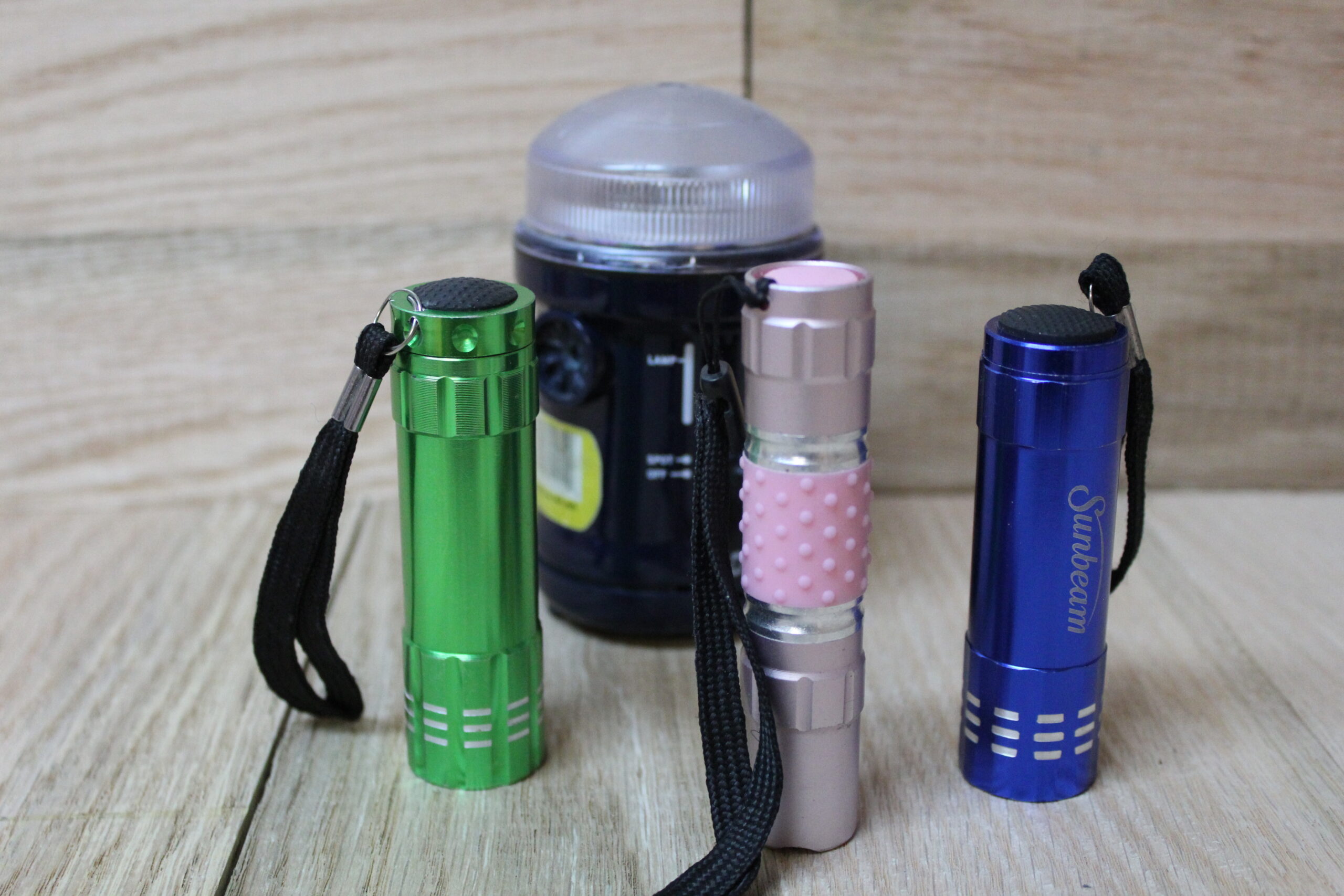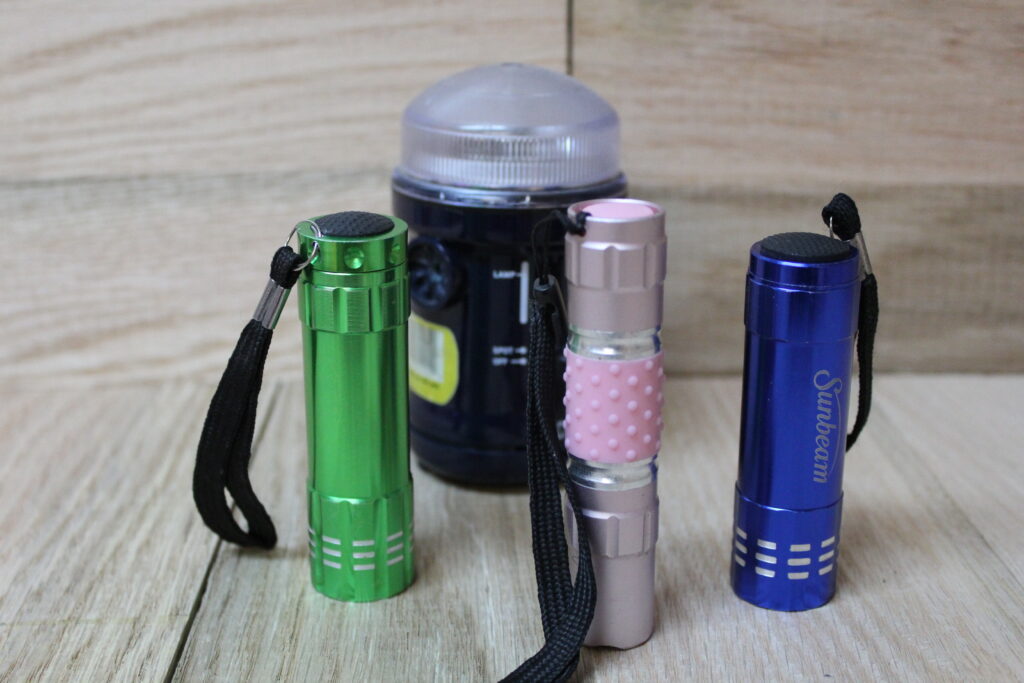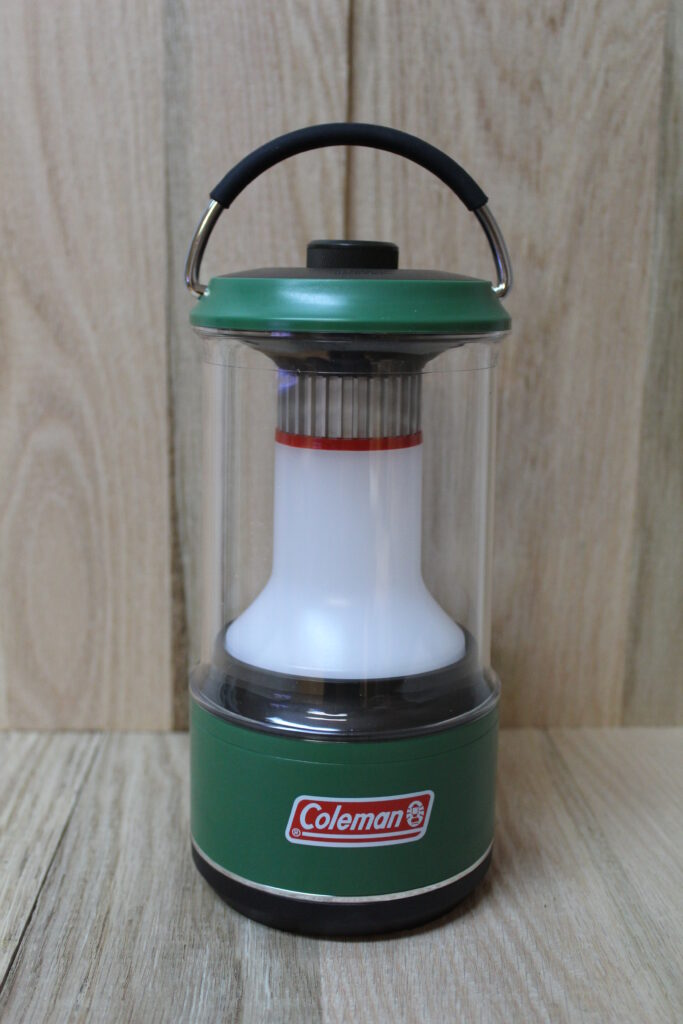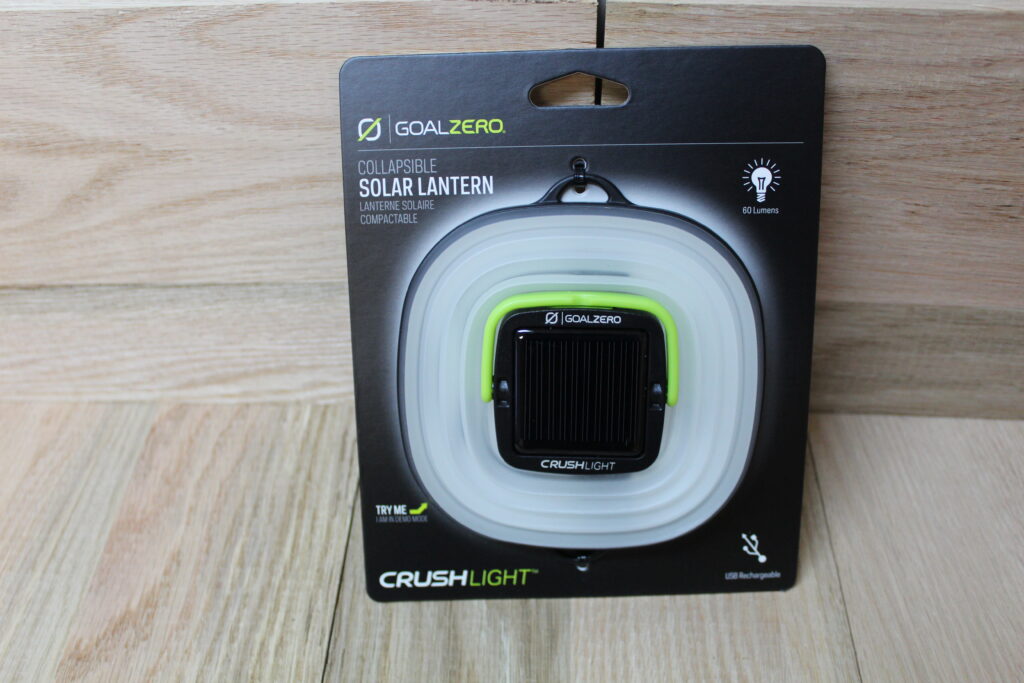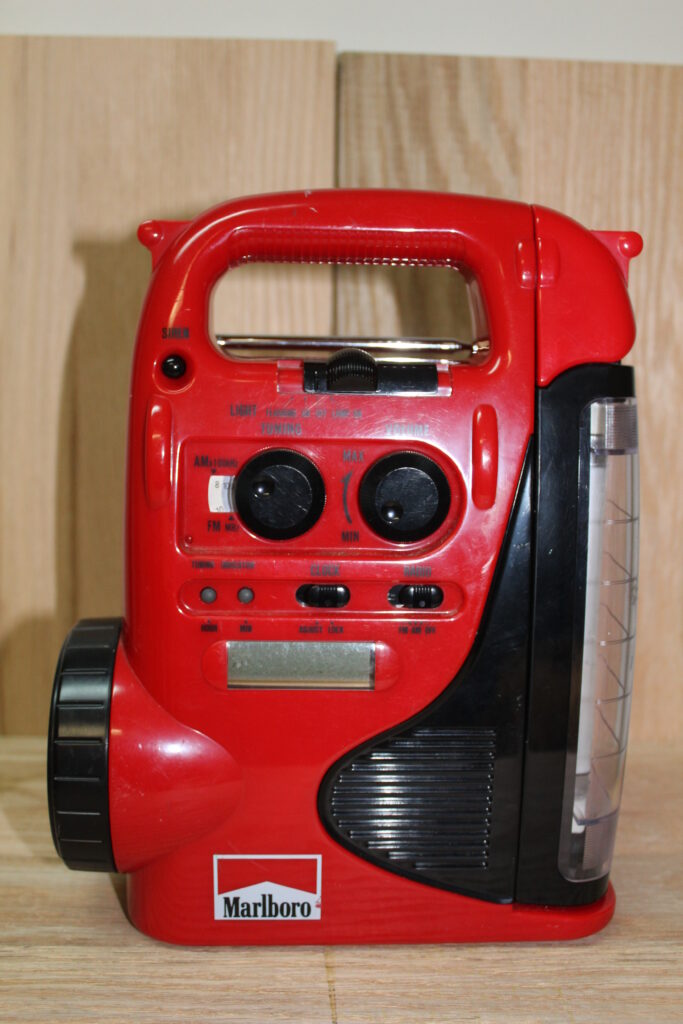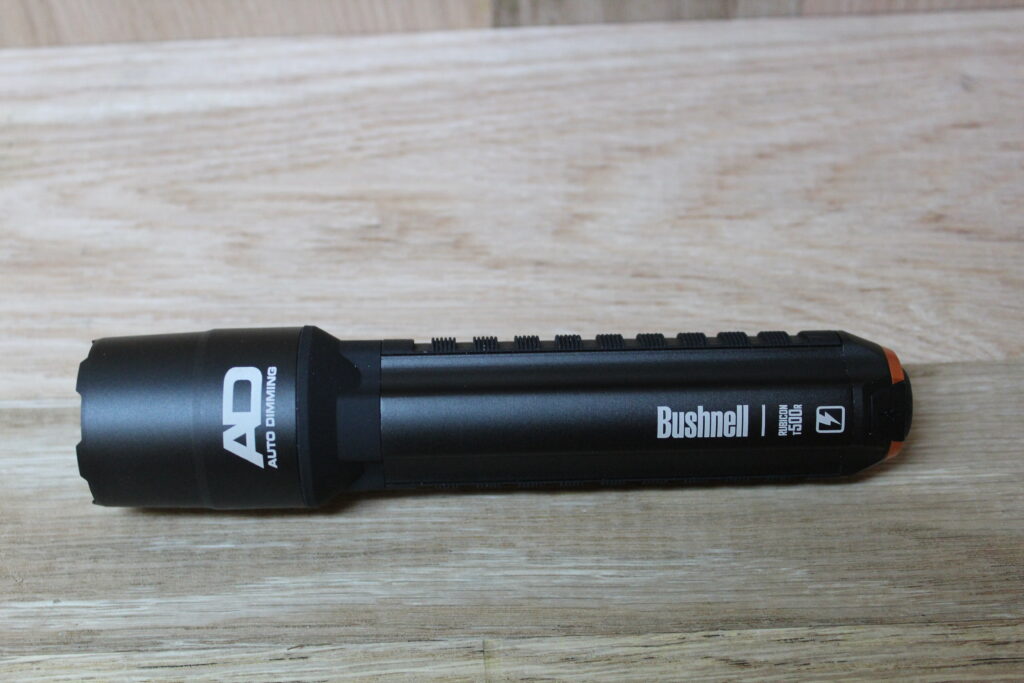By Dana Benner
No matter where you live, life is bound to throw you a curve ball. Severe storms, computer hacks, EMPs and a host other issues can, and do, knock out power. Part of your survival stores should be multiple light sources and plenty of batteries and/or a way to recharge those lights using rechargeable batteries.
Light is much more than the ability to see. It, like fire, also lends itself to restoring calm and comfort. As soon as the lights go out some people seem to lose their minds. Bad things happen in dark places, so having light allows you to relax, just a bit. It is difficult to get those “must dos” (like checking the circuit breakers or doing a quick assessment of the situation) done when your kids, and even some adults, are in various states of panic. Light will help calm them down so you can think and react.
At Home:
Your home is your primary shelter, your safe place, so it is logical to have most of your supplies, to include lighting, stored there. What follows are some examples of lighting sources I have around my home.
Lanterns:
Lanterns provide both light over a large area and give that psychological boost that is needed. Lanterns operate on a variety of power sources to include white gas (Coleman fuel), propane, and batteries (both alkaline and re-chargeable) and solar powered. Which one you chose is up to you. For my money I like to keep a few that run on multiple sources. There are many brands out on the market and most are pretty compatible, but here are a few things to look for:
- What is the run time? This light will be on continuously so you want to have an idea of expected battery life.
- If it uses batteries, what kind of batteries doe it use? This is important as you want to make sure you have plenty on hand. Does it take the same size batteries as your other devices or do you have to have multiple batteries of different sizes on hand?
- Does the lantern run on both rechargeable batteries as well as standard alkaline batteries? If it does run on rechargeable batteries, do you have the means to keep them charged? Plugging them in to a wall socket will do you no good if the power is out.
Find the lantern that meets your needs and don’t worry about the name on the label.
My main lantern is a yard sale special that I picked up over 10 years ago. It is an old multi-purpose item put out by Marlboro as a promo. It has a flashlight, strobe light, AM/FM radio and a fluorescent lantern that puts out a ton of light. It was made long before re-chargeable batteries were the latest craze, but it does take both D cell and AA batteries.
Recently I picked up a collapsible solar lantern put out by GoalZero. Putting out 60 lumens, this lantern has its own solar panel, is real light and fits into my pack when I need to go.
If batteries are your thing then you can’t beat a Coleman lantern for reliability and price. I picked up a Coleman Battery Guard lantern for use in my home or at my base camp. It puts out 600 lumens, runs on 3 D-cell batteries and has a run time ranging from 30 to 200 hours depending on the setting. This is a good one for those no power days when you need to keep the kids busy with board games.
Flashlights:
In most cases those standard, garden variety flashlights that most people have lying around will work fine. During storms and other emergencies the safest thing is to stay in your home. For safety reasons you should not be going anywhere unless you have to. There is no need for red lights or high lumens (the amount of light the device puts out) or even pinpoint accuracy. If you are just using the flashlight to move from one room to the other to check the circuit breaker box you will be fine. Just hunker down and wait it out.
Candles:
Many people turn to candles when the power goes out. This is the wrong thing to do unless you have no other option. Candles are dangerous, especially if you have kids around. Candles can cause fire problems real quick. It is best to stay away from them.
Vehicle:
Having a reliable light source, or two, in your vehicle, is too often overlooked. Traveling in the middle of the night from my home in New Hampshire to an article assignment in Upstate New York I broke a fan belt. While changing a fan belt along the side of a deserted road is never pleasant, changing one at night is even worse. Luckily, I had a headlamp in the truck, which left my hands free to turn wrenches.
At the very least you should carry a hand held flashlight among your vehicle’s emergency gear. If the light uses alkaline batteries make sure to carry spares. If your light uses re-chargeable batteries make sure to keep them charged. This can be accomplished by charging them off the vehicle battery while you are driving or you can use portable solar panels or other charging devises.
Night Movement:
Unless you are on some sort of tactical mission or you are fleeing from a life threatening situation, there is no sound reason why you should be moving at night. Your best bet, if at all possible, is to stay put until the sun comes up. Too many things can go wrong when you move at night. If you have to move at night there are certain lights that are a must.
Headlamps:
If you do need to venture outside in the dark, a valuable light source is a headlamp. Besides keeping your hands free to carry things (or to break your fall when you trip over a tree root), headlamps direct light where you need it simply by turning your head. Good ones have adjustable angle settings which comes in handy as you stumble around in the dark.
What I look for in a headlamp is one that gives off plenty of light, as if I am using one it means I am looking for a good place to set up camp or keeping an eye on the trail. I like a lamp that has around 1000 lumens, but also has a red setting. The red light not only saves your night vision, but also saves your batteries. In my pack I carry a 5.11 Tactical Response HL-XR1. This headlamp puts out 1021 lumens, has a red light option, is adjustable and, with good batteries, has a 1 ½ hour steady run time.
Flashlights:
I have done my fair share of night navigation. Let me tell you, it is not fun. One thing that I did learn was that a little goes a long way, especially when it comes to light. Too much light will give away your position and red lights tend to blur the contour lines on your map. For that reason you want a low lumen light with a pinpoint beam (no excess “glow”). In my shirt pocket I carry a 5.11 Tactical EDC PL2AAA. This light only puts out 107 lumens and has a very small cone of light. It is perfect for map reading or for making intricate emergency repairs to your gear.
Around camp I use a Bushnell Rubicon T500R re-chargeable, auto-dimming flashlight. You don’t need much light when all you want to do is sleep. The Rubicon T500R puts out 538 lumens and has a continuous run time of 137 minutes on a full charge. This light is perfect for those late night runs to the latrine. The lights I mentioned here are all heavy duty. No plastic here. They are shock and water resistant. They will take a beating, which is good, because as you are fumbling around in the dark you will drop them.
Strobes:
Countless television and internet ads brag about the strobe feature of their flashlights, promoting the use of strobe feature mainly as a deterrent against attackers. The claim is that the pulsating light disorients the attacker (so will a direct beam of light in the eyes which ruins their night vision). For me the jury is still out on whether or not if a strobe is an effective defense tool, but I do know that I’m not going to bet my families safety on that claim.
I believe that the strobe option really shines as a rescue tool. If you are stranded on a snow covered backroad in the middle of nowhere, or trapped on the top of a roof during a flood, then you will want a way to catching the attention of those first responders. From the air it is sometimes hard to see someone on the ground, especially through trees or during extreme weather. A pulsating light will be seen, similar to the flashing light from a rescue mirror. When the lives of your family are at stake a strobe may make all of the difference.
Conclusion:
There are literally thousands of light sources out there. You can pick them up at every corner store and purchase “real” S.E.A.L. and Ranger approved models on line for “only $19.99, plus shipping and handling”. Use your head and purchase the best light you can for the job. In some cases the corner store lights will do the job; other times they won’t. Using the proper light for the task will go a long way towards you accomplishing the mission.

